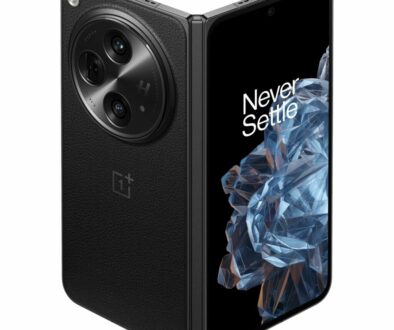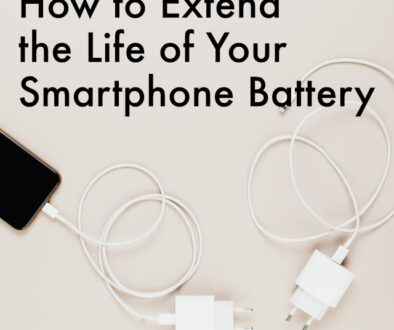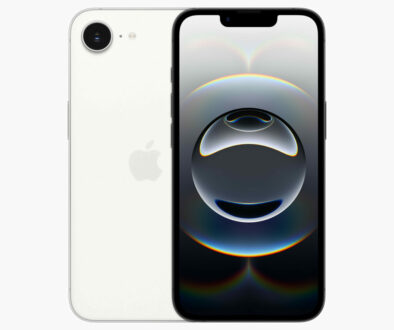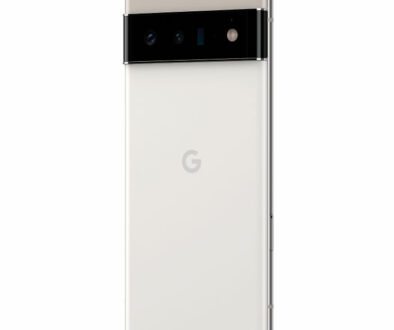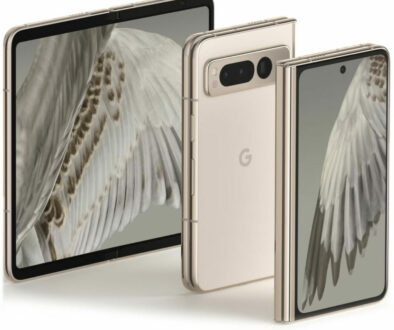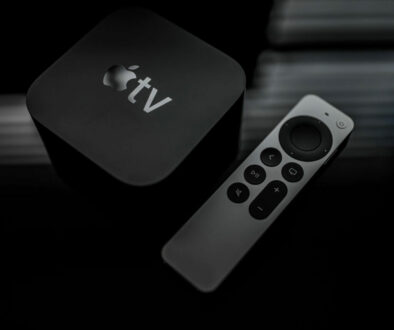ASUS Zenfone 8 Series Review: An in-depth look & comparison
Since lurking in the shadows for a few years and going low profile with the Zenfone series, Asus is now back with a bang with a global launch of its Zenfone series. This time it has two devices in its portfolio, the Zenfone 8 and the Zenfone 8 Flip.
Asus had developed a penchant for making smartphones with large displays, but it decided to change directions and go ‘compact’ this time. While the Zenfone 8 Flip is still a big device, the Zenfone 8 is a toned-down version of its big brother. It seems Asus has attempted to take up the reigns once held by OnePlus as a flagship killer with its top-of-the-line specs in both the devices and aggressive pricing.
Today we will look at both the devices and leave you to choose as to which one you would buy.
Zenfone 8 Flip
The name comes from the flip camera Asus has deployed at the rear of the smartphone, a motorised camera housing attached to the top edge via a 180 degree hinge. The dual-sim device supports all the wireless protocols like Wi-Fi 6, Bluetooth 5.2, NFC, and a whole bunch of satellite navigation systems like GPS, BDS, GLONASS, GALILEO, QZSS, and NavIC. More on that as we dive deep. The Zenfone 8 flip is the bigger of the two devices and has a flagship-grade camera.
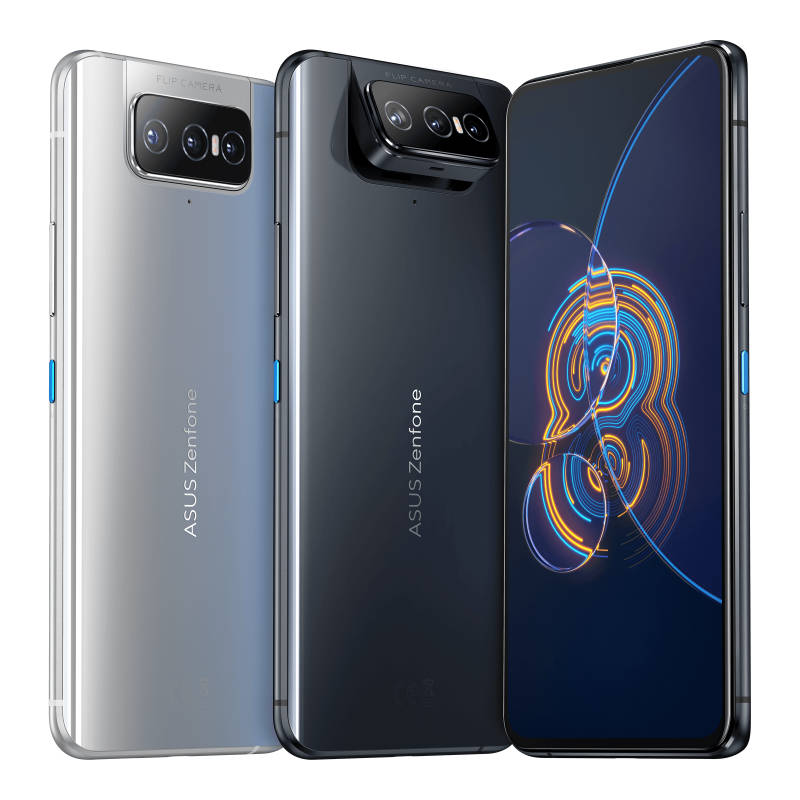
Search ASUS Zenfone 8 Flip on Amazon
Design
The ZenFone 8 Flip is a bulky smartphone that leaves a meaty feeling on your palm. It draws its impressive looks from a combination of aluminum and glass. Its curved edges make it a pleasure to hold. The standout feature of the Zenfone 8 Flip is its rear-facing camera module consisting of a triple camera set up that is built into a separate housing. The housing itself flips forward 180 degrees so the cameras points back at the user for selfie. This makes up for the front snapper giving the 8 Flip excellent selfie capabilities. A new motor in the flip mechanism lets the device capture angular shots, with the module holding its flip at different angles.
Display
The ZenFone 8 Flip has a 6.67-inch all-screen display that is protected with Gorilla Glass 3. There is an ultra-thin bezel around the edges. Identical to the Zenfone 7, the display is a FHD+ AMOLED panel that operates at a 90Hz refresh rate and carries a 200Hz touch sample rate but returns a quick 1ms response time. The display also supports HDR10+ But has a peak brightness of only 500 nits.
Security is managed by an in-display fingerprint sensor in addition to face unlock. The latter activates the flip camera every time you unlock your phone. A pair of stereo speakers adorn the device’s bottom edge. These offer sufficiently loud and clear sound, but a 3.5mm headphone jack is badly missed.
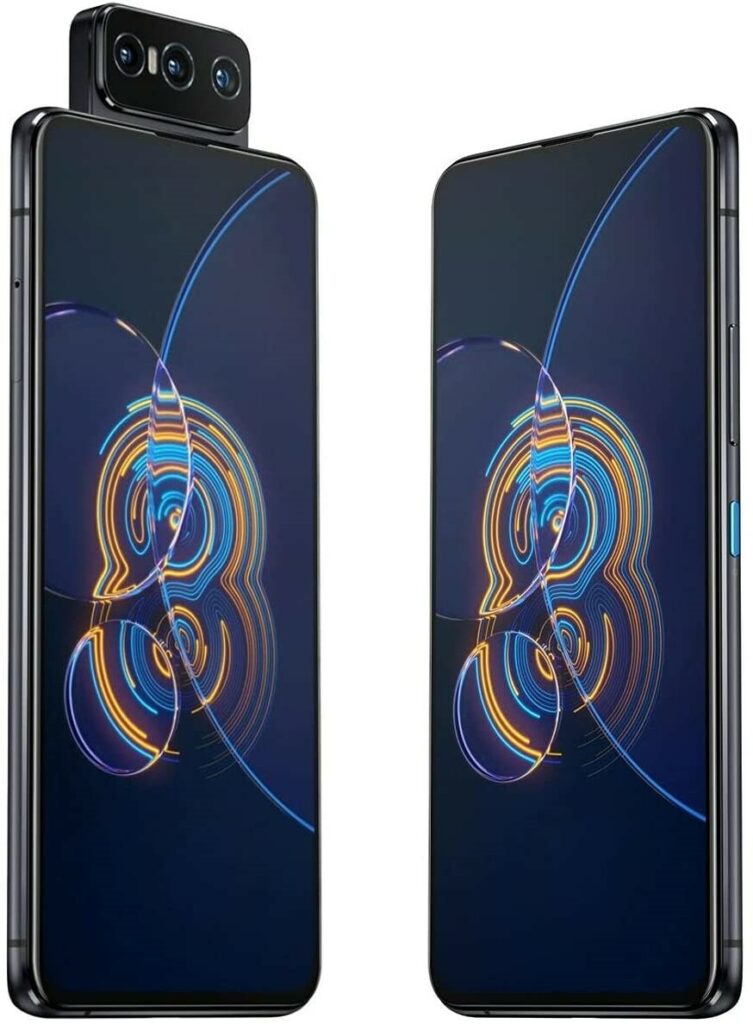
Performance
The Zenfone 8 Flip runs on Qualcomm’s 5G enabled flagship chipset, the Snapdragon 888. No matter how daunting, everything flies on the smartphone. The response is lightning fast, and the interface is smooth as butter. The case employs excellent cooling mechanisms as even after a couple of hours of gaming, the heat never reaches uncomfortable levels, and there is no drop in performance. Adreno 660 handles the graphics, and it doesn’t miss a beat as flagship chip goes.
The maximum supported LPDDR5 RAM is 8 GB. The storage is compliant with fast UFS 3.1 standards and goes up to a maximum of 256 GB. If you need more space, just pop in a 2TB MicroSD card. The phone runs on Android 11 out of the box under a newly developed ZenUI skin.
Camera
The main highlight of the latest Asus flagship is its camera. There is a primary wide-angle lens that uses a 64 MP sensor with an f/1.8 aperture and PDAF. Next, we find an Ultrawide lens with 12 MP sensor and f/2.2 aperture with PDAF for fast auto focus. Last but not least, an 8MP Telephoto lens with PDAF and 3x optical zoom. Sadly, OIS is missing from all the cameras, and it seems strange considering it is a flagship device.
Shots captured when light is abundant are excellent and look sharp with a high level of detail. Even distance objects are captured with exquisite detail. The wide dynamic range keeps shadows balanced, and the colors come out vivid and accurate. There is considerable improvement in the color reproduction and exposure rate on the 8 Flip over last year’s flagship, the 7 Flip. Ultra-wide shots do not show signs of colour fringing but lack a bit of sharpness and detail in the photos.
As for low light imaging, Night Mode is a boon here as the images captured with Night Mode see a massive improvement in noise levels, contrast, and sharpness without any sacrifice being made on the detailing. The exposure is set at 6 seconds, and with that, the Night Mode of 8 Flip clearly beats most other flagships. We are leaving out selfie analysis here as the same rear camera is flipped up for selfies.
Battery
The 8 Flip packs a massive 5000 mAh battery that lasts up to 2 days on a single charge. There is a fast-charging 30-watt Type-C charging brick in the box, but the charging time could have been faster as the device takes almost 1.5 hrs to get fully charged. Four different automatic power consumption settings change the battery life as per profile.
Additionally, there is a manual mode through which you can limit GPU performance, adjust the thermal limit, change refresh rates, etc. A bad miss is wireless charging which is otherwise present in every flagship.
Price
Strangely Asus has opted out of launching the device in the US to focus more on Asian and European markets. As for the price, the Asus flagship does not come cheap as its brother, the Zenfone 8. It is priced at around $900, which might seem too much considering the minor upgrades the 8 Flip has over 7 Flip.
Asus Zenfone 8
The smaller Zenfone 8 also supports two sim cards and all the navigation systems as its pricier sibling. The specifications, in some cases, beats the 8 Flip even with its compact and somewhat mini profile. It is basically a compact flagship from Asus.
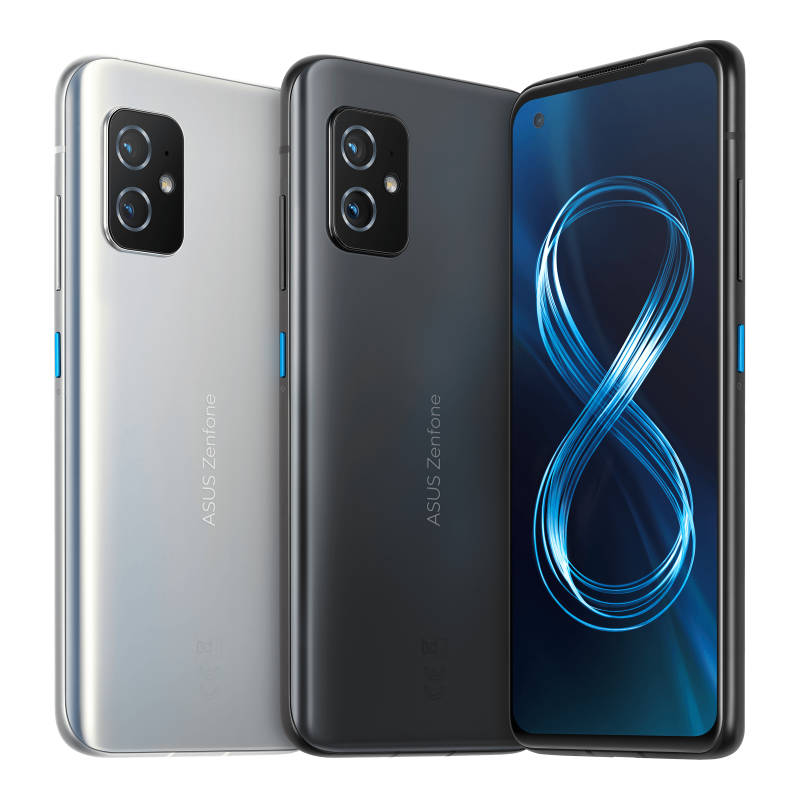
Search ASUS Zenfone 8 on Amazon
Design
The Zenfone 8 is blessed with a smooth matte glass back with the camera module adorning the upper-left corner. The edges are rounded, and they curve into the aluminum frame. It is smaller and a matte finish imparts a solid and classy feel. The top edge has a noise-canceling microphone and the 3.5mm headphone jack makes a welcome return. Centrally located at the bottom is the USB-C port with a speaker to the right and the primary microphone to the left. Also, housed on the bottom edge is the sim slot but without any support for the MicroSD card.
Display
The display on the Zenfone 8 is a 120Hz AMOLED panel with Full HD+ resolution that supports HDR10+ and provides great daylight legibility with a peak brightness of 1100nits. This is where the display leaves behind the 8 Flip miles away. Even the touch sampling rate is higher than its bigger sibling at 240Hz. We see the same five battery enhancement modes for those who like to tinker. This includes various display settings. It also moves away from the all-screen display of the 8 Flip due to a punch-hole selfie camera on the top left corner.
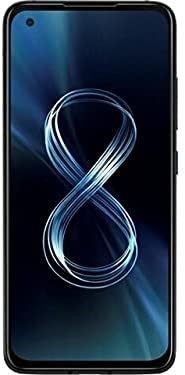
Performance
The performance of the Zenfone 8 is almost the same as the Flip 8 as they share the same 5G enabled Snapdragon 888 processor that makes multitasking a breeze and stops at nothing. However, the difference is in the RAM and storage combo. Instead of a single ram configuration like the 8 Flip, the Zenfone 8 is available with five different combinations with LPDDR5 RAM support ranging between 6GB and 16GB. The storage, however, conforms to the same UFS 3.1 standards and supports a maximum of 256GB. It’s worth keeping in mind that there is no memory extension slot on the Zenfone 8.
Camera
The Zenfone has a fixed dual camera set up at the back. A primary Wide-Angle 64MP shooter and a secondary Ultrawide 12MP lens are integrated into its camera module. Both of lenses find their way to the Zenfone 8 from the 8 Flip and have the same lens specifications. A third telephoto lens is missing, but we see the inclusion of OIS in the primary lens in addition to PDAF. The Zenfone 8 uses the same Sony’s IMX 686 sensor as the Zenfone 8 Flip, with highly similar camera performance as the 8 Flip.
The primary camera uses quad-Bayer processing and hence takes 16MP by default, daylight images are spectacular, and the detailing on the photos is impressive with nicely balanced sharpening. There is a natural touch to the photos without any hint of overprocessing. The dynamic range allows for spot-on colours and white balance, and portrait shots on the rear camera are crystal clear with spectacular edge detection and blur. Macro shots are possible from the ultrawide lens, but they offer mixed results, with some photos coming out with extreme detailing and some being a bit dull. The colours and contrast on the 12MP front snapper have excellent all-round performance on selfies and front camera videos. The night mode performance of the Zenfone 8 camera replicates the 8 Flip.
Battery and Price
The Zenfone 8 carries a 4000 mAh battery and comes with the same 30-watt fast charger that takes just over an hour to charge fully. Unlike other flagships, there is no support for wireless charging, but the battery life is decent, and you would easily get more than a day’s worth with moderate use. There are software modes through which you can extend the device’s battery life, and the strain on the battery can be further reduced by modifying the display settings.
As for pricing, the Zenfone 8 launched at a factory price of $599 for the 8GB/128GB combo. A higher storage capacity of 256GB is available for an additional $100. The other variants with higher RAM are currently not being sold. Considering the flagship specs that Zenfone 8 comes with, it is a bang for buck option. Other ‘mini’ flagships are priced relatively higher than Asus’s compact flagship, making the smartphone an excellent value for money device.
Few Last Words
Of the two devices, we liked the compact Asus Zenfone 8 much more than the 8 Flip as we believe the latter does not offer any significant improvement over its ‘mini’ sibling other than the screen size and an extra Telephoto sensor camera. Unless you are a die-hard fan of all-screen devices and like bulky smartphones, the Zenfone 8 would be an obvious choice considering the better display features and more than enough 5.9-inch screen. If you ask me, I always look at the price to performance ratio, and the Zenfone 8 has a much better ratio being priced at around $500 than the 8 Flip that is retailing for over $900. Informed purchase is what we always advocate for here, and today too it’s no different.


